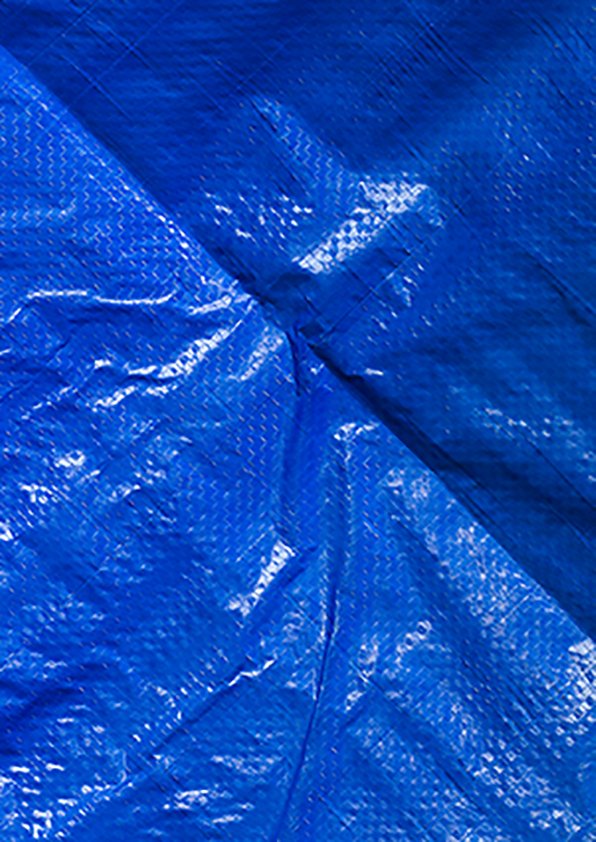Keteparaha, 2018
Kirsten Lyttle,
Poroka( Frog) (2018)
Inkjet Print on Matt Paper,
841 x 1189 mm (unframed)
Edition 1/5
“In October 2017 I went to the Te Roopu Raranga Whatu o Aotearoa (National Weavers Hui) in Rotoura, Aotearoa (New Zealand). It was my first weaving hui (meeting). Over three days I laughed, ate, saw amazing taonga (treasures) and learnt more about weaving and myself than I can describe in words.
The works in this exhibition celebrate the Irreverence, adaptability and practicality of wahine Māori”
Harakeke (New Zealand Flax) known botanically as Phormium tenax has been used by Māori since the first waka arrived in Aotearoa. The plant is used for so many purposes from making medicine to clothing that it has become central to Māori life. Harakeke is used as a way of passing on culture.
In the 1860’s the flax fibre industry grew as mechanised inventions threatened the end of manual, hand production of Harakeke. By 1910 the mechanical flax stripper could turn out 1.27 tonnes of New Zealand Flax fibre per day.
The industry faced up and downs after world wars, out breaks of disease in the plants, government subsidies and competing international fibre imports. The introduction of synthetic fibres in the 1970’s hastened the end of this industry and the last manufacturing plant was closed in 1985.
Throughout all the ups and downs of this industry, Māori women have continued to harvest, weave, and process Harakeke by hand. In the 1950’s, the Māori Women’s Welfare League set up education programs in order to preserve and maintain both the natural resources for weaving and the tikanga (protocols) of Māori weaving. The Māori national weavers’ collective Te Roopu Raranga Whatu o Aotearoa was established in 1994 and has a biannual hui (meeting) were indigenous weavers can share progress and developments within Māori weaving techniques.
Many tools in the contemporary Māori weaver’s toolkit that are used to hand process and weave harakeke, have been repurposed or modified from their original uses. For example, household clothing’s pegs and sheep shearing combs. This appropriation and adaptation shows the irreverence, adaptability and practicality of wahine Māori.
My heartfelt thanks goes to my mother and my sister weavers, Gina Ropiha, Tracey Hudson and Talava Tuhipa-Turner without whom this artwork would not be possible.
Kirsten Lyttle (2018)
This work was exhibited as a solo show at Blak Dot Gallery (2018).

Kirsten Lyttle, Peg Poutama (2018) Inkjet Print on Matt Paper, 841 x 1189 mm (unframed) Edition 1/5

Kirsten Lyttle, Hāpine (Best Tool Ever) (2018) Inkjet Print on Matt Paper, 841 x 1189 mm (unframed) Edition 1/5

Kirsten Lyttle, Stanley Niho (2018) Inkjet Print on Matt Paper, 841 x 1189 mm (unframed)

Kirsten Lyttle, Tarp (2018) Inkjet Print on Matt Paper, 841 x 1189 mm (unframed) Edition 1/5

Kirsten Lyttle, Mākoi (Mussel Shell) (2018) Inkjet Print on Matt Paper, 841 x 1189 mm (unframed) Edition 1/5

Kirsten Lyttle, Tūporo (Wooden board) (2018) Inkjet Print on Matt Paper, 841 x 1189 mm (unframed) Edition 1/5

Kirsten Lyttle, Haehae (2018) Inkjet Print on Matt Paper, 841 x 1189 mm (unframed) Edition 1/5

Kirsten Lyttle, Kōhue (Pot) (2018) Inkjet Print on Matt Paper, 841 x 1189 mm (unframed) Edition 1/5
